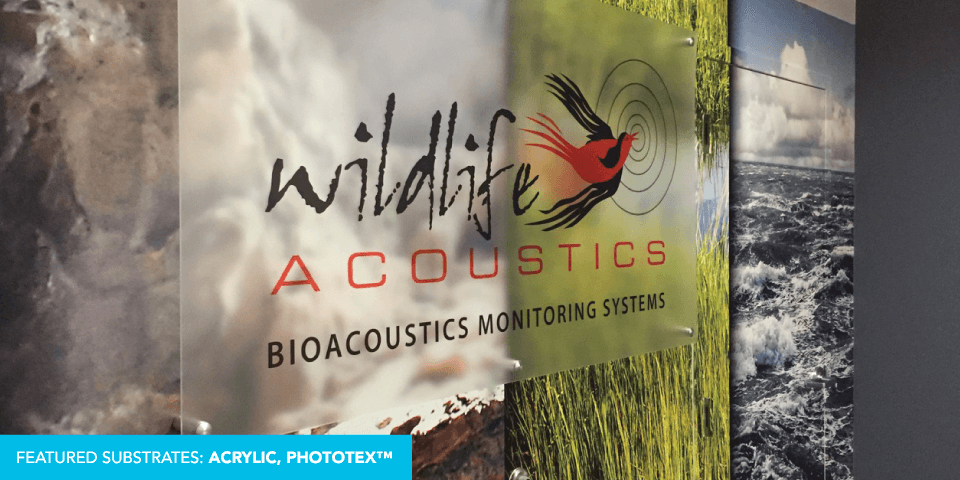As we discussed in our recent substrate guide, a substrate is any material used to carry your message. When beginning a new print project most marketers and designers automatically start thinking about the type of paper they are going to use. However, a substrate doesn’t always have to be paper. In fact going beyond paper and trying new and unique substrates can be what sets you apart from the crowd.
But how do you choose the right substrate when there are tons of possibilities? There’s a lot of technical factors to consider. For example, the substrate you choose for an outdoor application with a 30-foot viewing distance may be entirely different from what you would need for an indoor application with a 3-foot viewing distance.
Here are seven factors you’ll want to discuss with your printer to help you select the substrate that’s right for you.
- Goal: What is the goal of your piece? Where will it be used? What do you want your audience to takeaway?
- Application: Does your project need to be mailed? Will it be personalized? Will it be for interior or exterior use? Will it be used in a high traffic area? Will it be exposed to the elements and other environmental factors that should be considered?
- Installation: What surface will it be applied to? Will it require a professional installer? Is it a permanent or temporary installation? If temporary how will it be removed?
- Appearance: What kind of look are you going for? What should the texture, color, and finish of your materials be? Does it require a special shape or die cut? What about scoring, folding, perforating, laminating, etc.?
- Durability: How long will the piece be in use for? How will it be handled by your audience? How will it be distributed or shipped?
- Budget: What is the total project budget? What is a successful response or sale worth? How will you measure your return on investment?
- Timeline: When does the campaign launch?
Unique Substrates for Unique Applications
Typically, when people think about printing on substrates other than paper they think about larger pieces such as trade show booths, banners, and signage. But substrates can be applied to much more!
Consider this scenario: you attend a trade show and collect several business cards throughout the event. If you’re lucky, you’ll remember half of the people you met. But then someone hands you a metal business card. Whether its metal, wood, Sintra or another unusual substrate the material sparks an interest (and likely a conversation). That card you'll hang onto and remember.
Whether printing on an offset or wide format press, substrates offer a ton of creative possibilities, for print pieces of all sizes including marketing materials, direct mail, business cards, and more.
Select Substrates with our Quick Reference Guide
The rationale for selecting a substrate other than paper is in large part due to it’s intended use (and sometimes that is fairly obvious). For example, if you’re designing a T-shirt it's clearly going to be printed on fabric. Or if you need to create signage you’ll want materials that are more rigid and durable.
And like any print project the specific substrate—and how it’s printed—will depend on your situation and goals. The seven factors above, provide a basic framework but you can also use our substrate quick reference guide or download the full guide to learn more.









